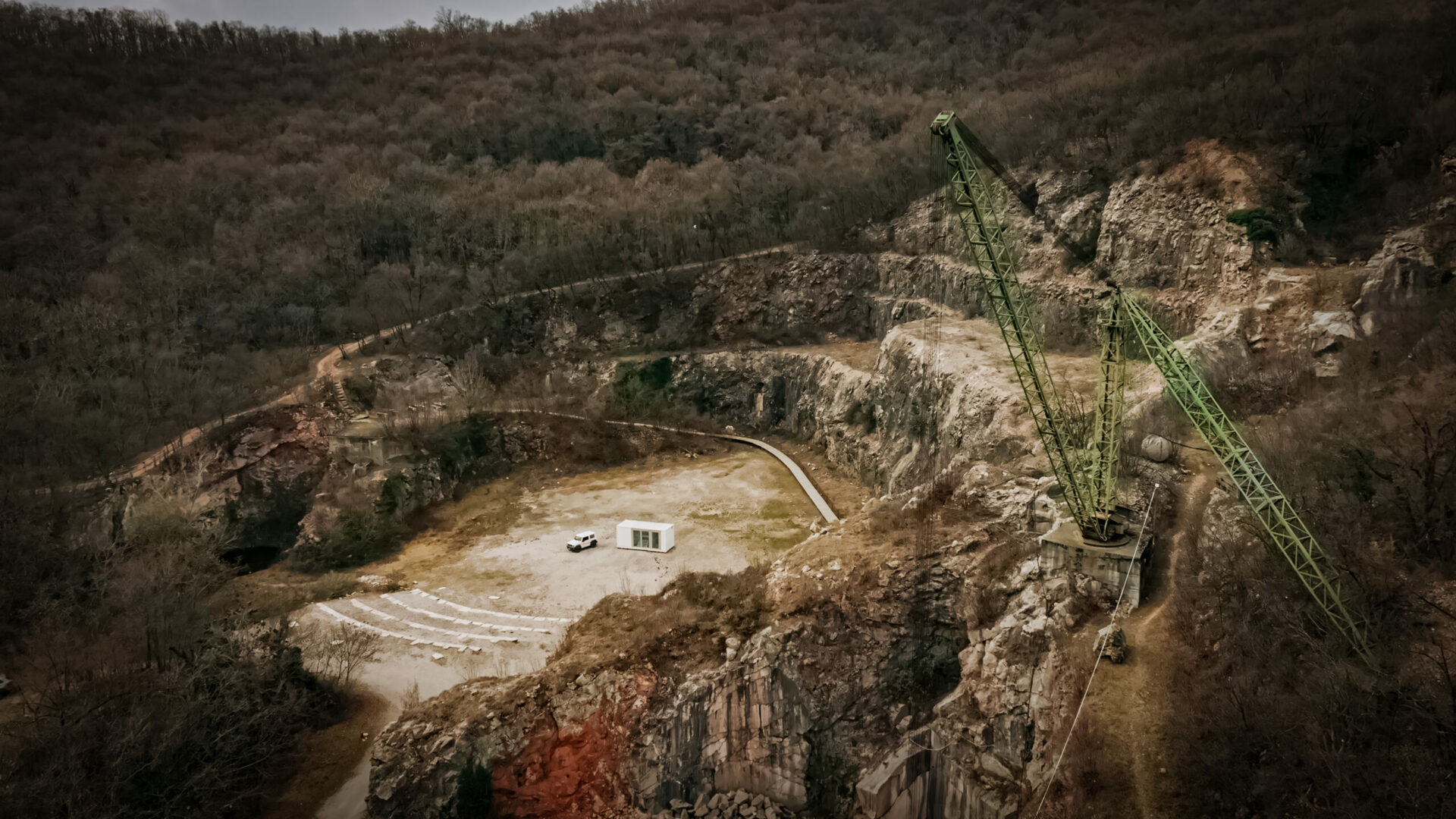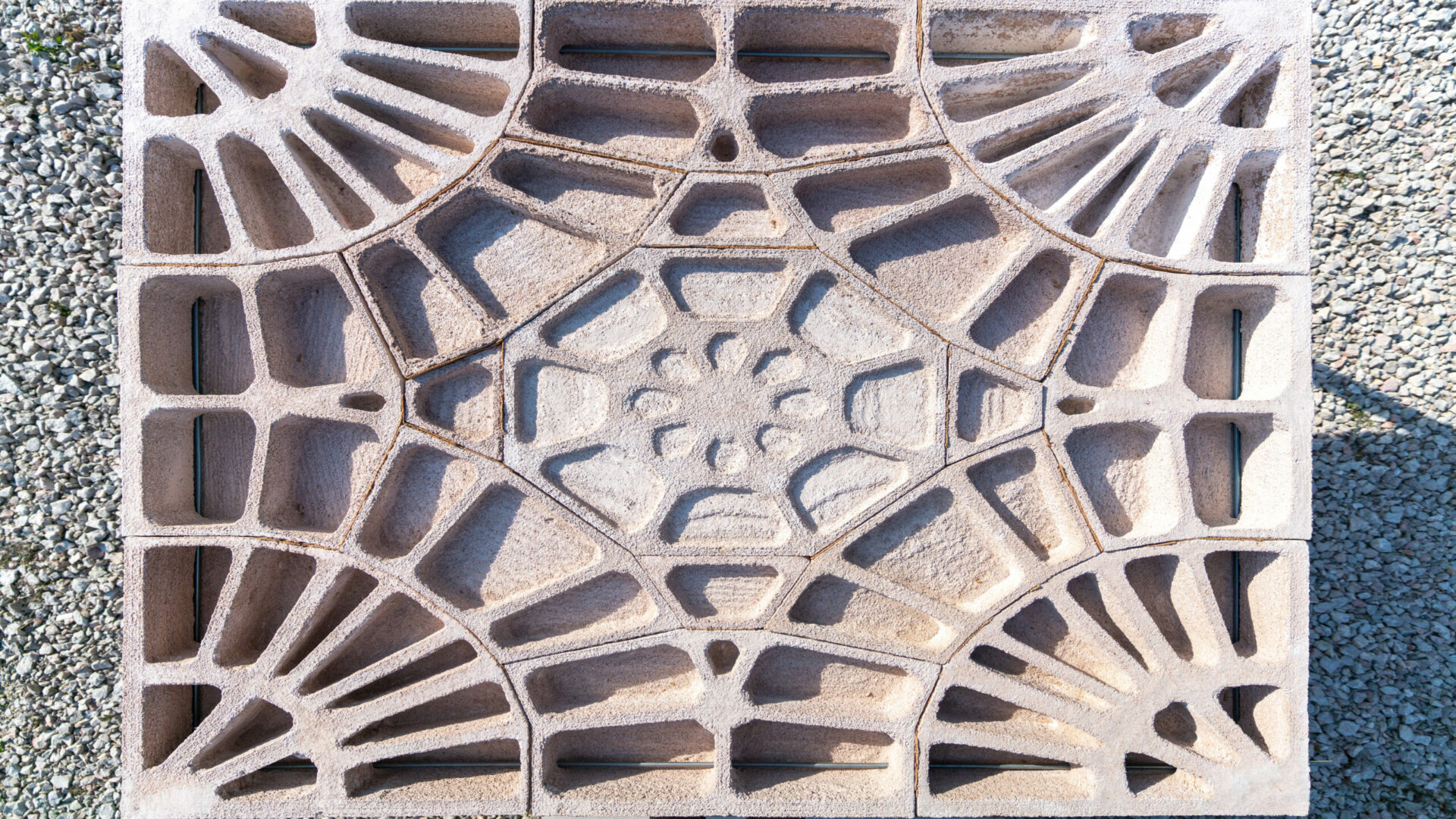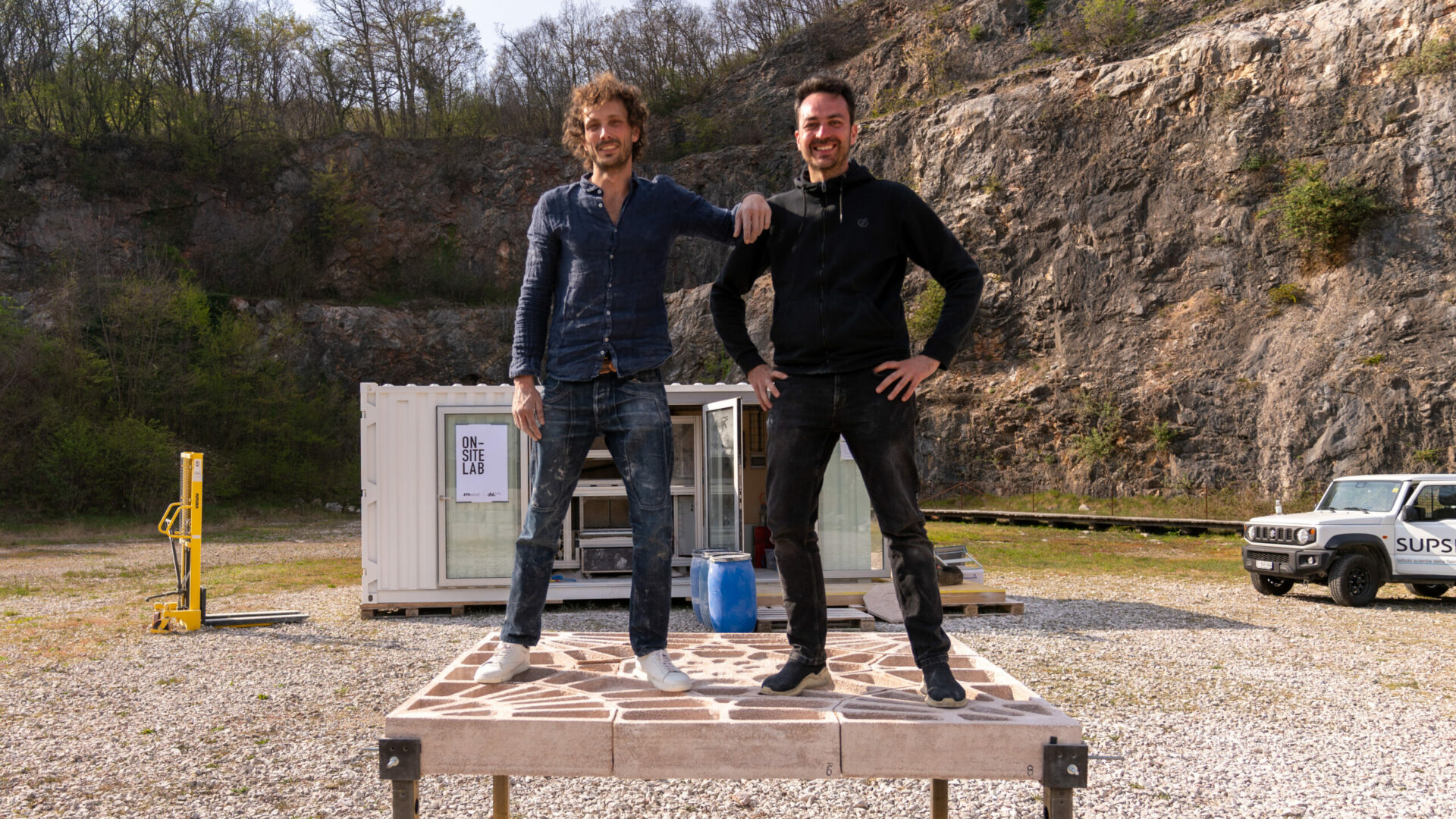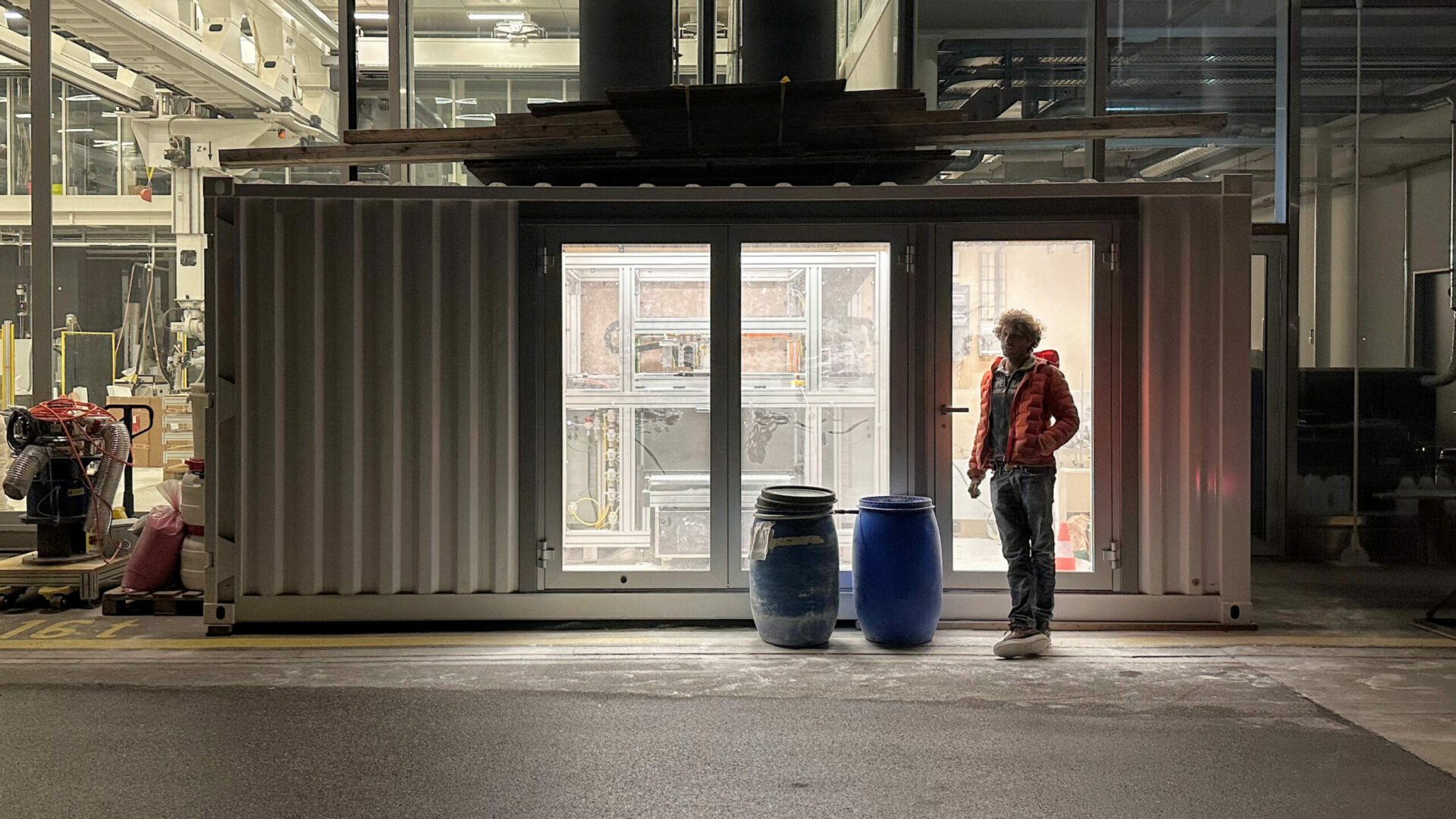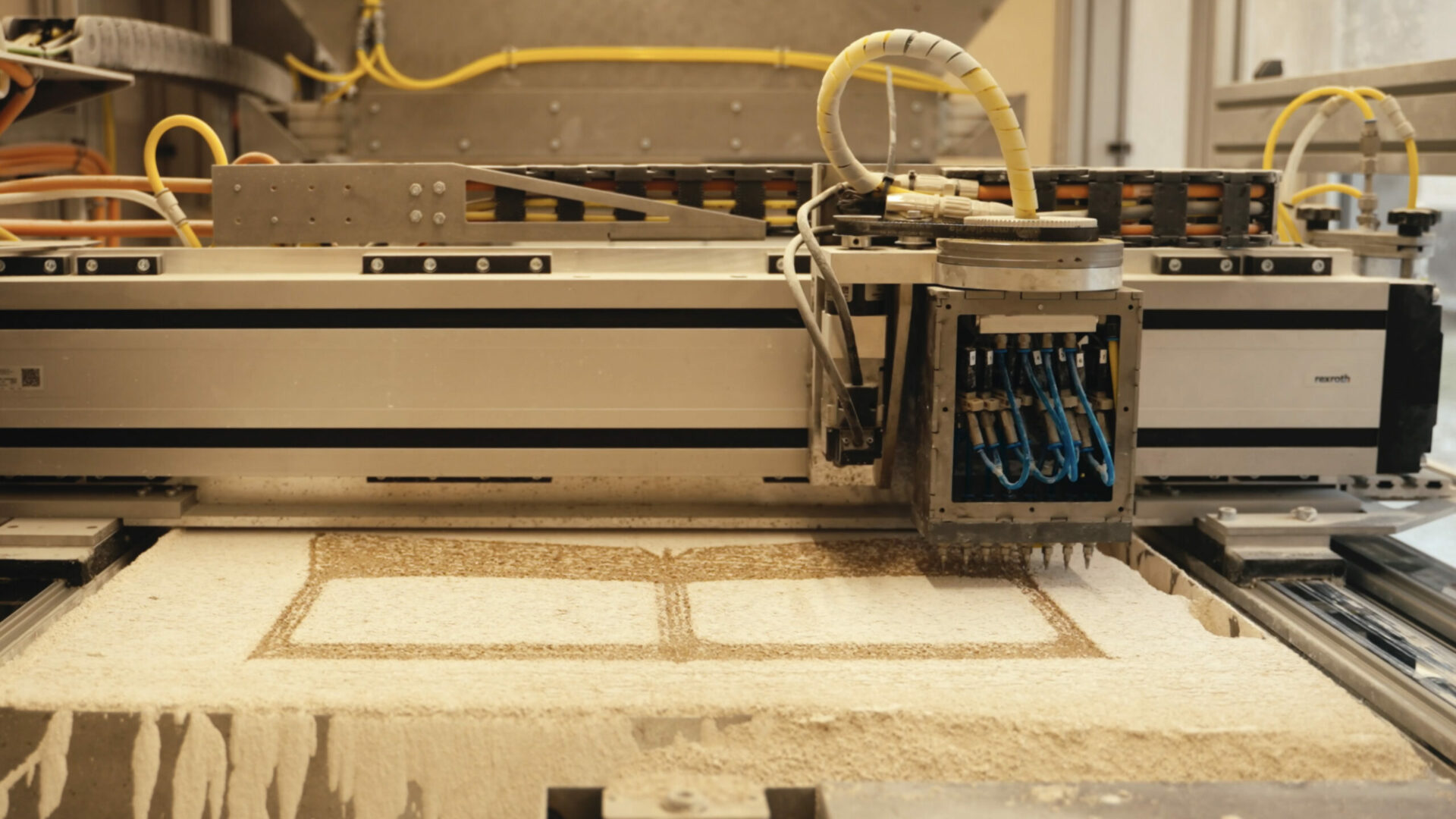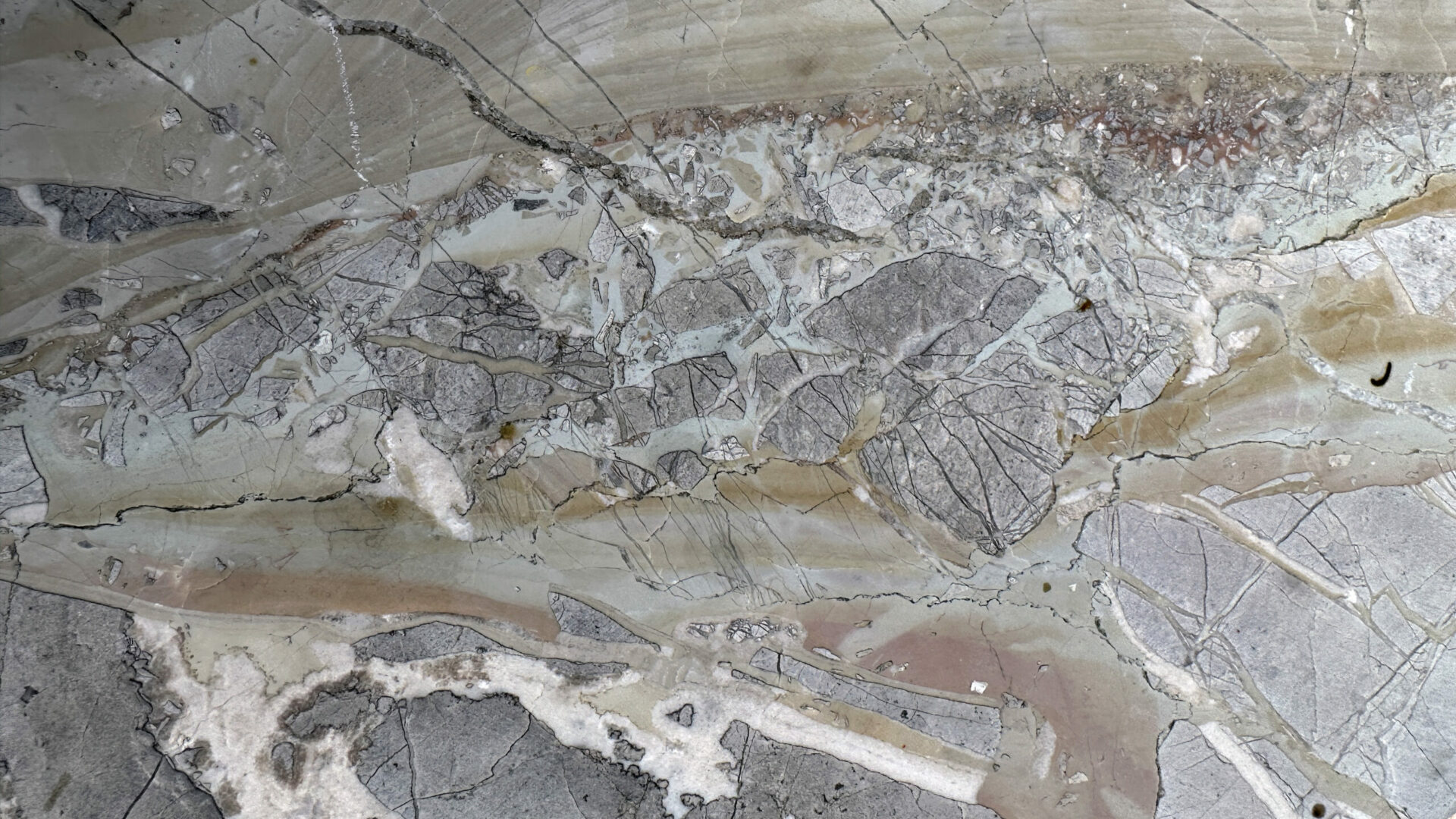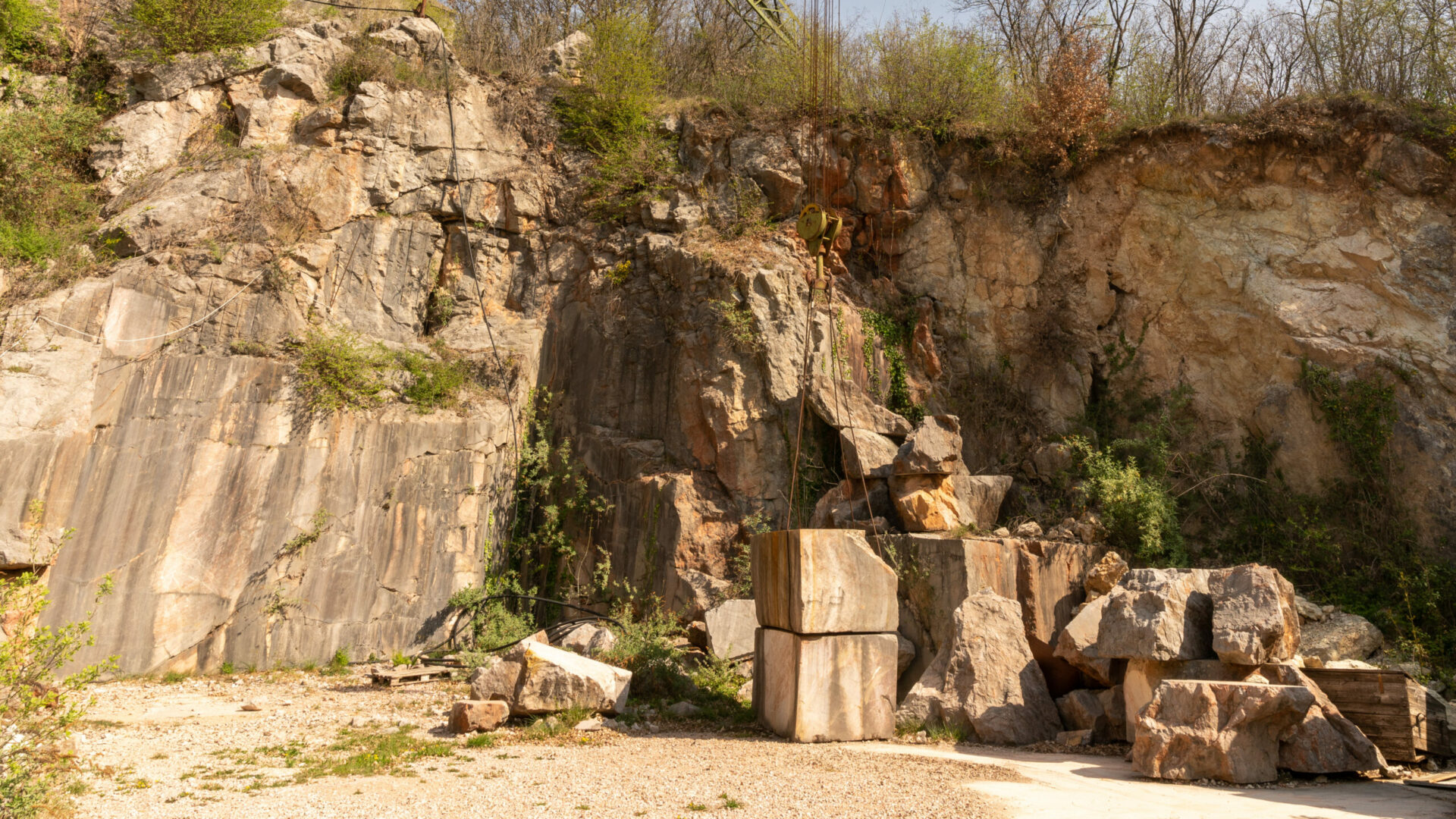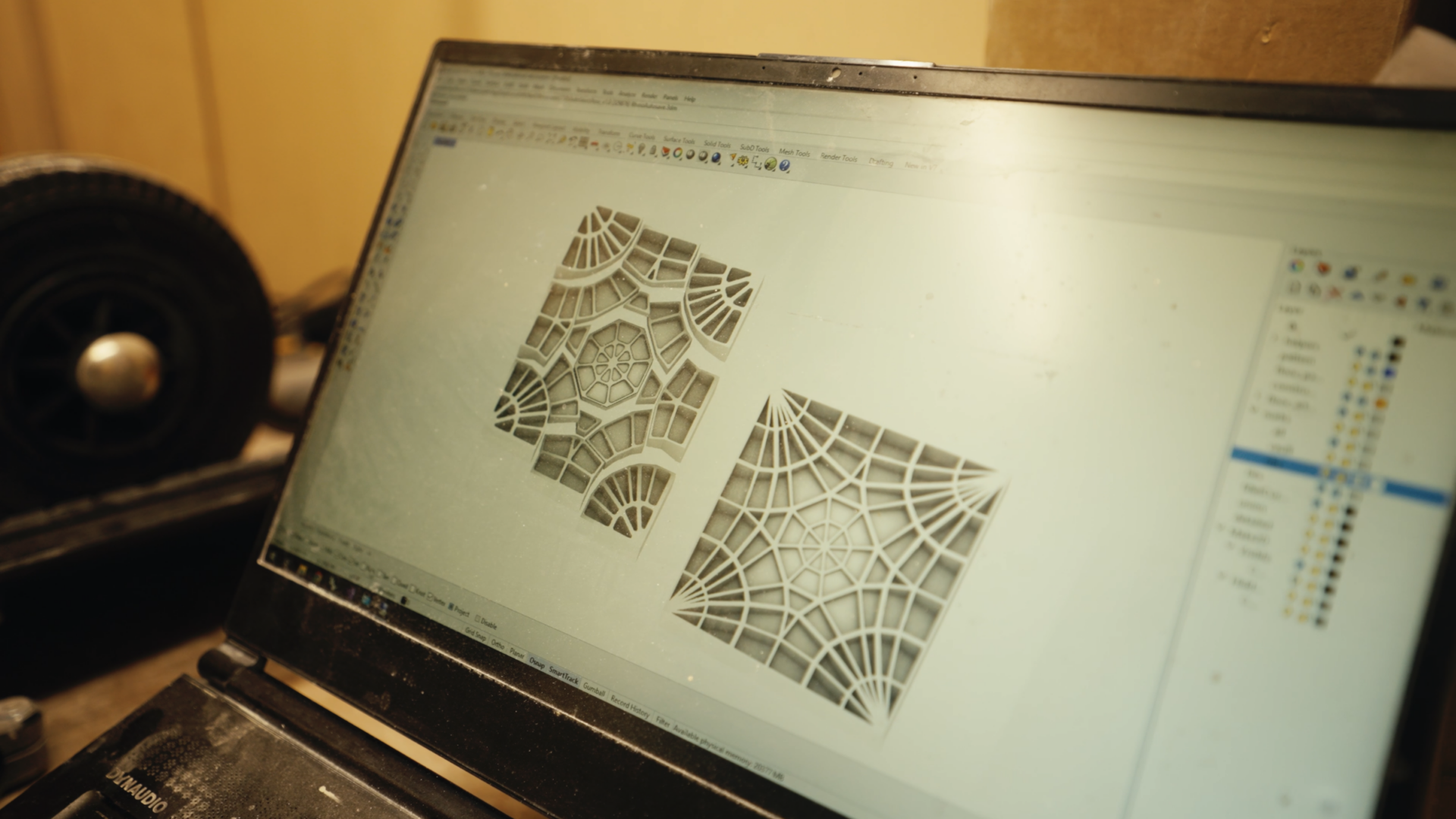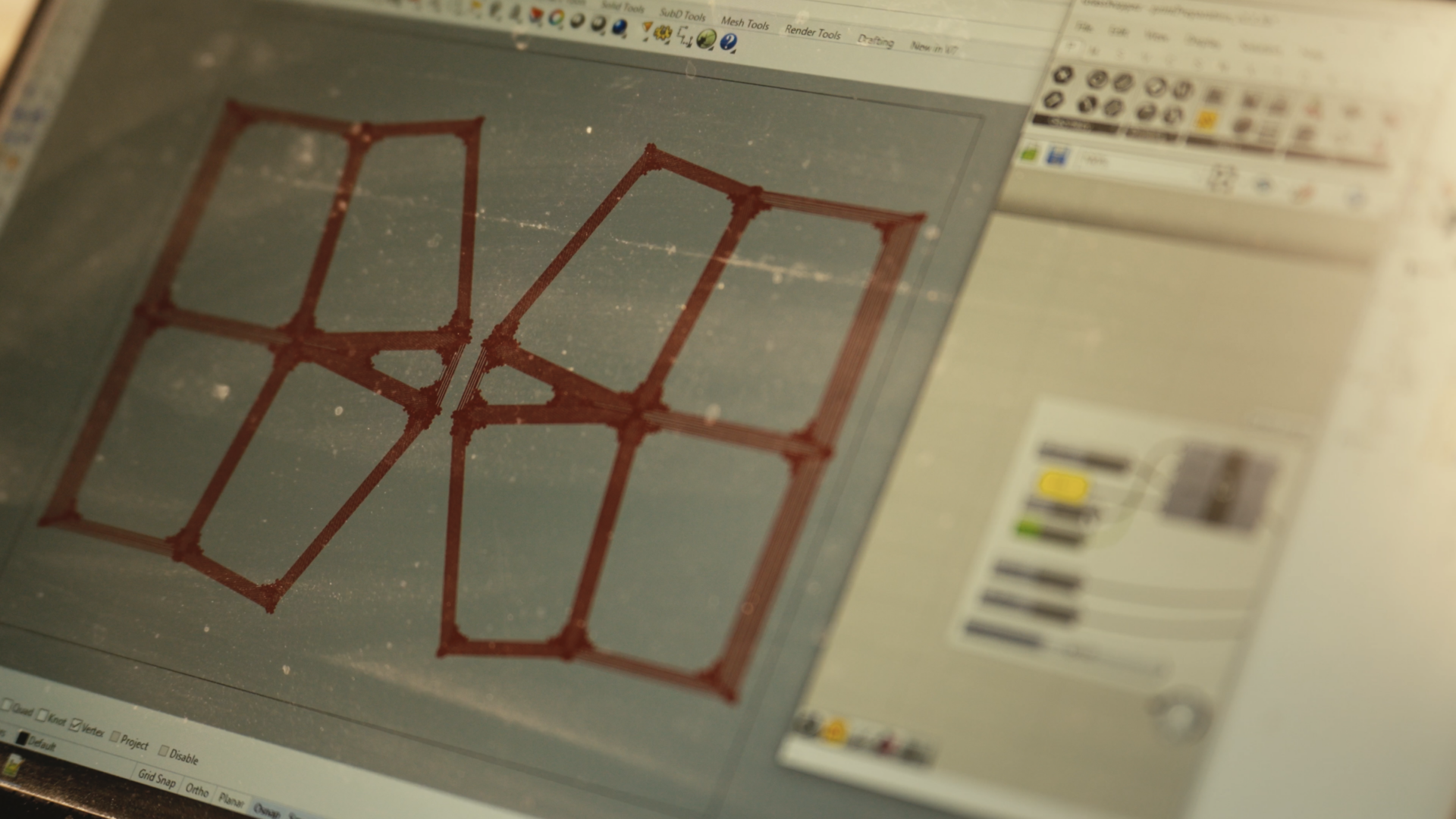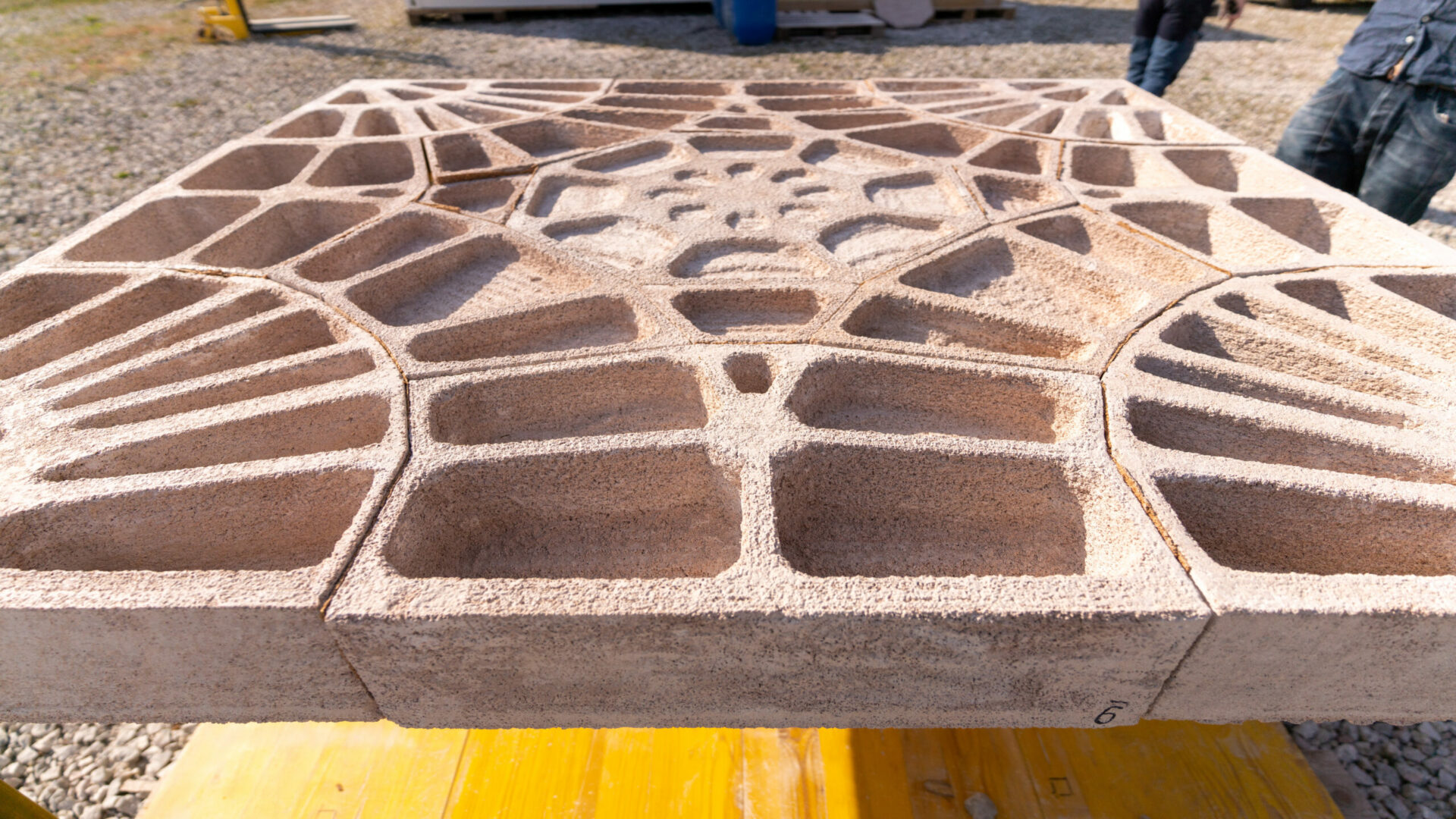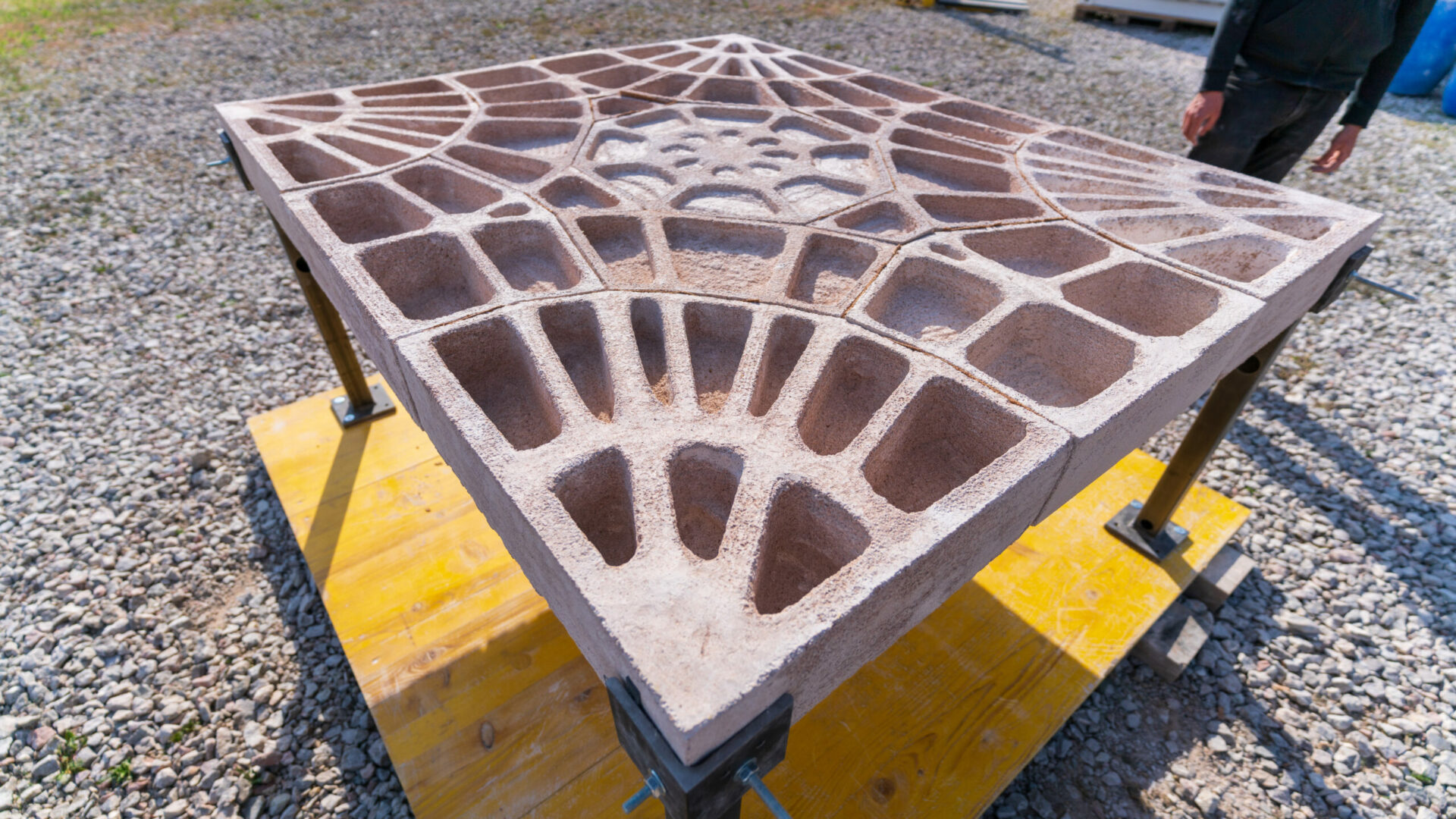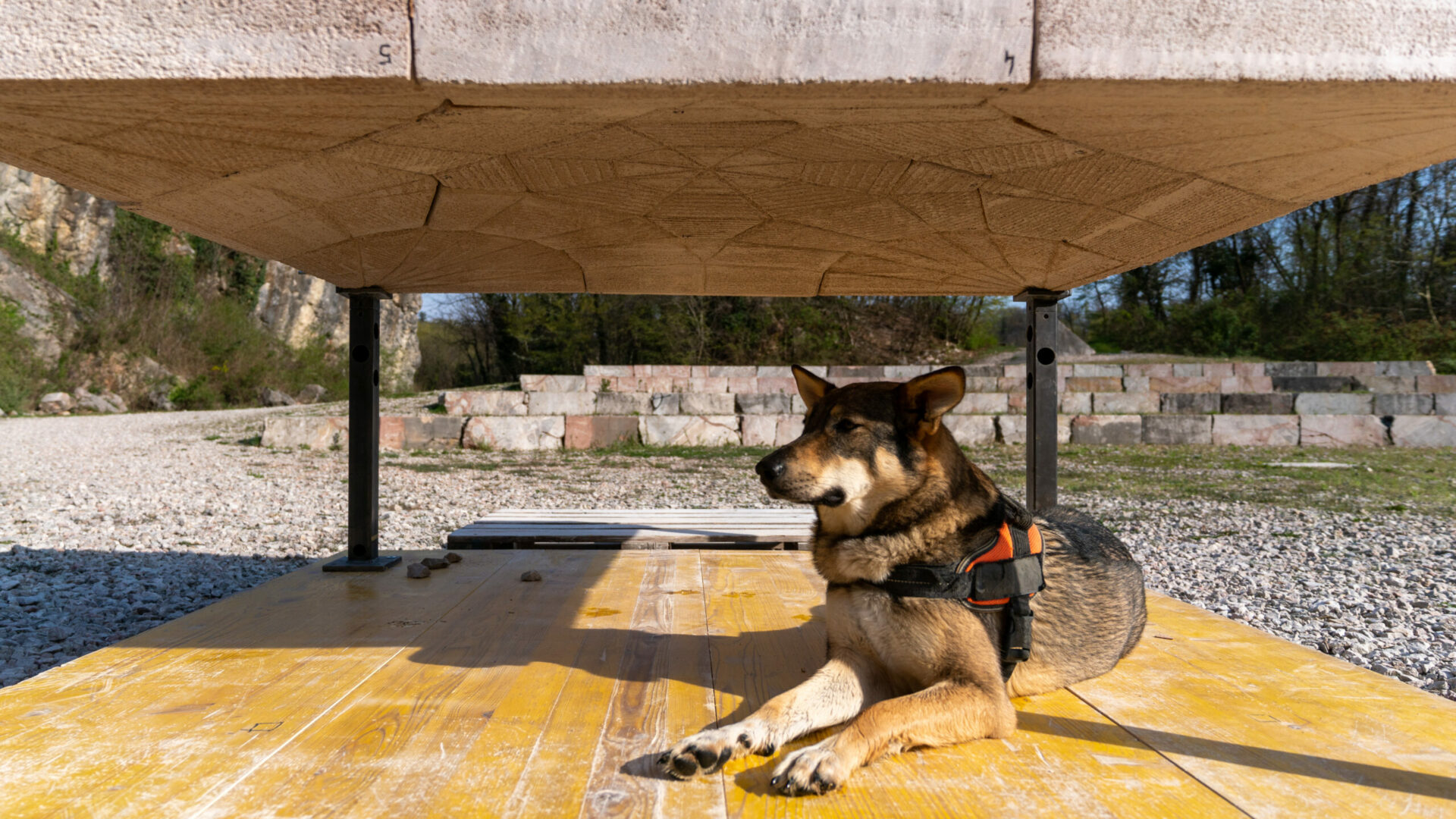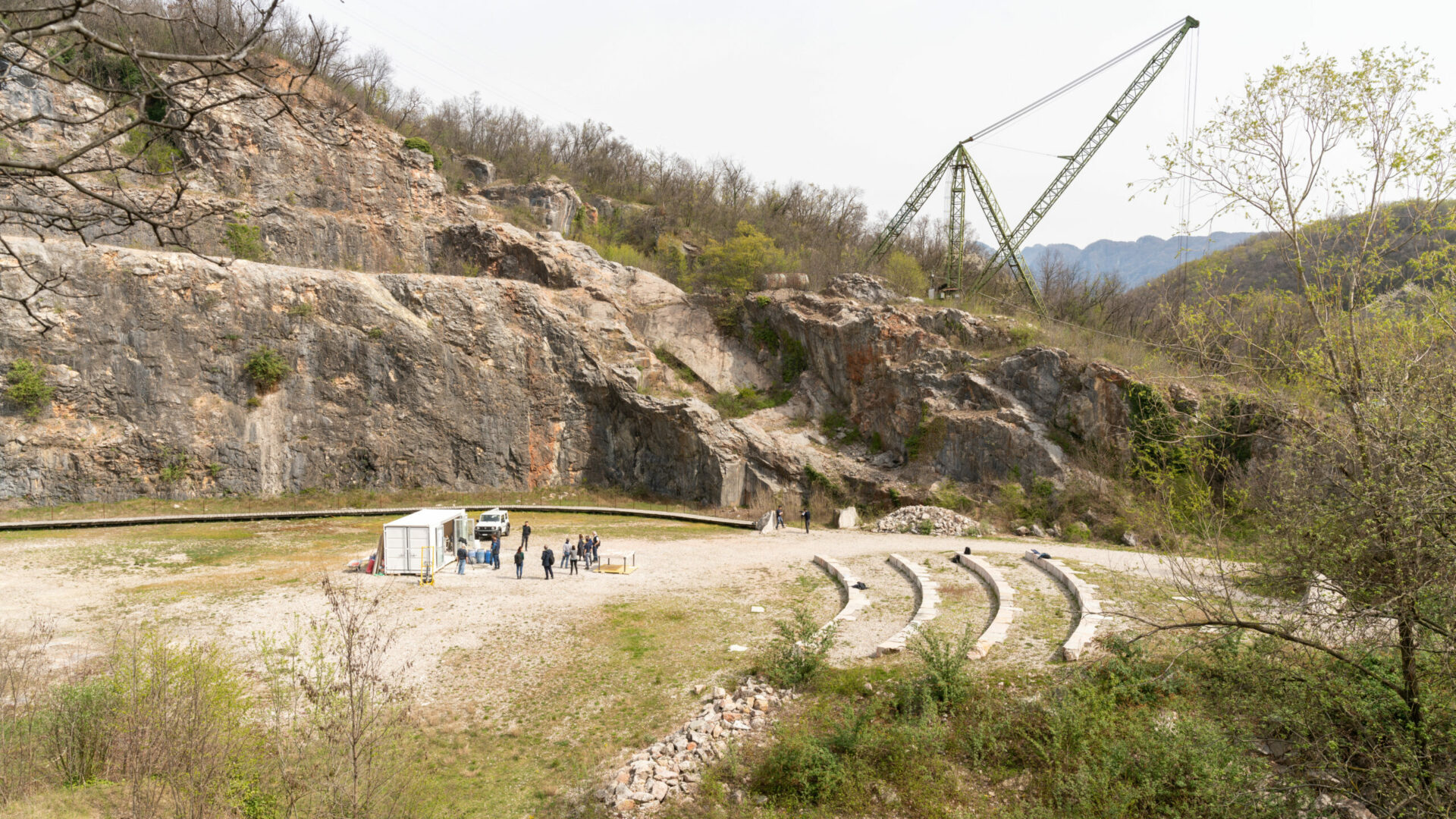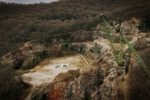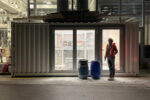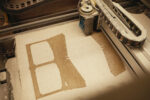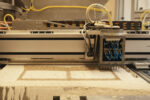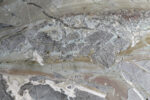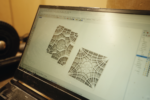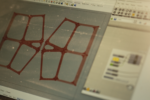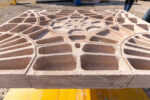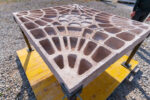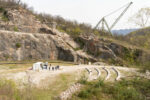The challenge of disposing of large quantities of stone waste from quarries is a reality: in Ticino, this rock flour can reach 40% of the total production. To counteract this problem, the Swiss Federal Institute of Technology Zurich (ETH) and the University of Applied Sciences and Arts of Southern Switzerland (SUPSI) have developed a 3D printer to produce customizable architectural elements from waste.
A case study demonstrates that this 3D printing process can be used to fabricate an optimized floor system. A discrete assembly of a structurally optimized funicular floor was realized with byproduct material derived from stone extraction activities of a marble quarry in Ticino (Cava di Arzo). The printing setup was installed directly inside the quarry next to the location where the waste material is stored.
The project provides a real-life demonstration of how the 3D printing of complex structural shapes can not only reduce the total consumption of construction material but also support the use of local, recycled resources.
The assembly will be exhibited at Palazzo Mora during the Venice Architectural Biennale (2023).
3D Printer Development
Binder Jetting (BJT) is a 3D Printing method that uses a binding compound to solidify specific areas of granular material layer by layer. With BJT, complexity and articulate designs can become available without the need for expensive formwork, and bespoke parts can be produced at comparable costs as standardized ones.
However, in its current implementation, BJT is unsuitable for construction: the printed parts are brittle. They cannot be used for load-bearing applications, and the organic binders have poor fire and weather resistance and emit volatile organic compounds for several weeks after production.
The method developed at ETH Zurich proposes using an alternative binder, based on Geopolymer, to overcome most of the mentioned limitations. Geopolymer Binder Jetting (GeoBJT) is a redesign of both the hardware and the software of BJT with the specific aim of producing construction components for structural applications. The main advantages of this system include the use of a wider range of materials for binders and particles and faster build-up rates. The mobile container-based setup allows it to operate on-site following the concept of a field factory.
With this novel printing setup, recent mechanical tests have shown a considerable increase in the mechanical response of the printed parts comparable to concrete (with averages above 30MPa in compression and 5MPa in tension).
Material Development
Geopolymer is proposed as an alternative binder. The amorphous material synthesized by an aluminosilicate source mixed with an alkaline activator has a strength comparable to concrete but a lower CO2 impact. Unlike previous work on powder bed 3D printing with geopolymers, the current work implements the geopolymer in a binder jetting technique. A new mix design strategy for metakaolin-based geopolymers in binder jet 3D printing with silica sand is developed. Further reduction of the environmental impact can be achieved through the replacement of virgin materials with materials sourced from waste or underused by-products, such as the unused rock dust from marble quarries, and the replacement of metakaolin with blast furnace slag. Finally, in addition to its low carbon emission and its use of secondary resources, the current material also exhibits an extremely good moisture buffer capacity making such structural material also very efficient for regulating indoor hygrometry, which can increase the resilience of buildings during extreme summer heat waves.
Implementation of Alkali Activated Materials in Binder Jet 3D Printing – Vera Voney
Floor Development
As a case study, the printing method tests the potential for fabricating a rib-stiffened funicular floor using discrete, prefabricated components.
The design is based on a previous case study using conventional binder jet printing (see 3D printed floor system – BRG) and adapted to incorporate material, fabrication, and installation constraints. The shown structural prototype consists of 17 discrete elements assembled with dry joints as a rectangular vaulted structure supported in its corners. The horizontal thrust at the supports is resolved by post-tensioned steel ties encased along the edges of the floor.
The study aims to exploit the geometric flexibility of additive manufacturing processes to realize structurally optimized, functionally integrated, and economically feasible building components. The use of 3D printing with recycled materials is particularly suited for such compression-dominant systems, which take full advantage of the compression strength of 3D-printed components, but do not rely on their relatively low tensile and shear capacity.

